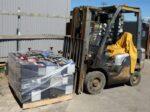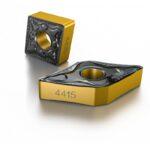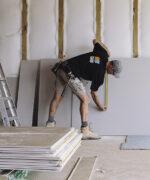Ten tips to make your business case for sustainability stack up
This information is based on a guide we wrote with the Sustainable Business Council and Kaitiaki Collective. It’s a situation we know many manufacturers face. You want to make your business more sustainable. (Bravo!) You can see the many benefits of manufacturing products that reuse resources, avoid modern slavery and create fewer environmental impacts. But – here’s the kicker – you’re struggling to get the business case for making these changes ‘over the line’ with your accountant or finance team. These ten tips will help you. Tip 1. See becoming more sustainable as an investment Sustainable businesses are excellent businesses. They create value in the short and long terms – economically, environmentally and socially. Treat your sustainability programme as an investment and manage it as one. Tip 2. Identify your stakeholders Consider the many people who have a ‘stake’ in your business succeeding sustainably. You will naturally think of your investors, customers, suppliers, team, local community and regulators. Think longer term and wider too. Include the environment and people who will live many years in the future. Tip 3. Confirm where to focus with a materiality assessment Your business case needs to reflect the views of all these stakeholders and your business too. Start with a ‘materiality assessment’. It’s a practical way, using interviews and surveys, to home in on the sustainability activities that your stakeholders and business care about and to prioritise the ones that matter most. A materiality assessment takes a broad view of sustainability and covers environmental, social and economic topics. Include your top priority topics in your business case. Tip 4. Understand who you need to convince Who do you need to influence to get your business case over the line? What are they interested in? What are they concerned about? Who else has their ear? […]










